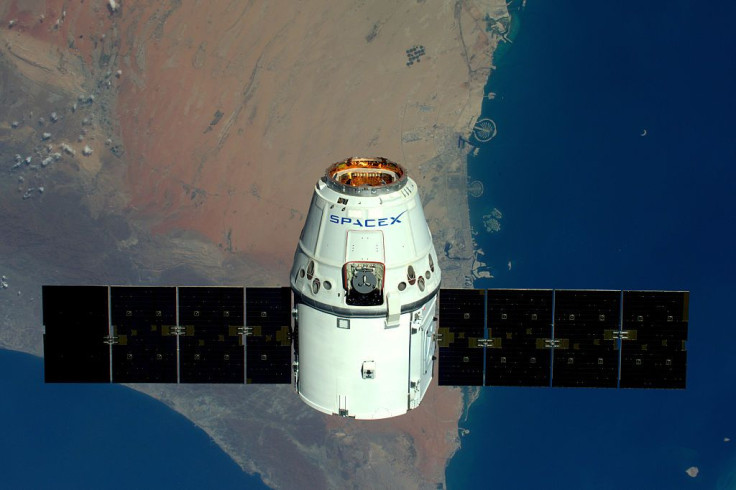SpaceX To Build 1 Million Earth Stations To Track 12,000 Satellites, FCC License Details

SpaceX has begun the paperwork needed to build the over 1,000,000 ground stations required to relay data from its proposed Starlink constellation that will consist of 12,000 communication satellites -- the largest satellite constellation in history under one operator.
SpaceX Services, a SpaceX sister firm, began the process at the U.S. Federal Communications Commission (FCC) by requesting “a blanket license authorizing operation of up to 1,000,000 earth stations that end-user customers will utilize to communicate with SpaceX’s NGSO (non-geostationary orbit) constellation.” This internet satellite constellation is Starlink.
SpaceX Services is initially seeking approval to operate the earth stations in the United States, Puerto Rico and the U.S. Virgin Islands. The Starlink satellites and the earth stations will use two frequency bands in the electromagnetic spectrum not currently used in commercial satellite broadband systems.
These stations will transmit in the range of 14.0 to GHz to 14.5 GHz (a segment of the Ku band) and receive in the range of 10.7 GHz to 12.7 GHz (a segment of the X band).
Observers see no problems with SpaceX securing authorization to build the ground stations from the FCC given the commission’s prior approval of the satellite part of the infrastructure.
In November 2018, the FCC granted SpaceX permission to deploy all 12,000 satellites of its massive Starlink communications constellation into Low Earth Orbit (LEO). Officially, Starlink is the largest satellite constellation in history.
SpaceX expects to orbit its first Starlink satellites this year and begin providing limited service by 2020. SpaceX expects more than $30 billion in revenue from 40 million subscribers for the Starlink service by 2025.
FCC approved SpaceX's application to add 7,518 more Starlink satellites to the 4,409 satellites it approved in March 2017. The Starlink internet communication satellites will consist of cross-linked small satellites (or smallsats)
Analysts said the FCC license granted SpaceX is the first time the commission has approved a U.S.-licensed LEO broadband satellite service.
FCC granted SpaceX the authority to use frequencies in the Ka (20/30 GHz) and Ku (11/14 GHz) bands. SpaceX founder Elon Musk said SpaceX entered the launch a satellite-internet business to help fund his ambitious goal of building a city on Mars within the next three decades.
SpaceX first submitted regulatory filings to orbit some 12,000 satellites by the mid-2020s in 2017. Development of the Starlink satellites began in 2015. Prototype test-flight satellites were successfully launched on Feb. 22, 2018. The first Starlink satellites should become operational by either 2019 or 2020.
Starlink satellites belong to the smallsat-class with a mass ranging from 100 kg to 500 kg. The satellites will be deployed to LEO orbits from 340 to 1,100 km above the surface of the Earth. SpaceX said some of these smallsats will orbit at the extremely low altitude of 340 km.
Satellites this low in LEO, however, will see their orbits decay quickly before they're captured by Earth's gravity to burn-up in the atmosphere. As a consequence, these low-flying satellites will have service lives lasting a couple of years before they burn-up.
On the upside, being in low LEO means latency and the onboard power needed for signals is significantly lower, resulting in stronger signals.
© Copyright IBTimes 2024. All rights reserved.





















